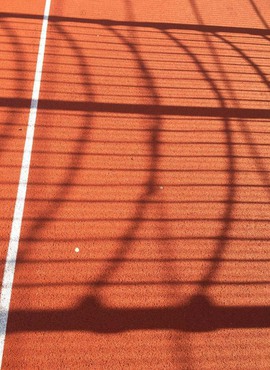Coordinating
Coordinating = Bringing the different elements of something complex into a harmonious and efficient relationship.
A piece of music consists of different elements. We put these elements in relationship to each other, structure and order them to recognise a rhythm. Time is the basis, within this the rhythm takes place. The pulse allows time to be structured. The regular beats are a constant on which the rhythmic process takes place. The meter serves as a further orientation, which gives us information about stressed and unstressed beats. We divide into sections, the so-called bars, and perceive the musical impulses within these as rhythm groups.
Our sheet music system is like a coordinate system that helps us reproduce the rhythm. We must coordinate our own actions and movements to produce the desired rhythm. Even when the tempo is faster or slower, we can keep the same rhythm if we adjust it relatively to the time. When practicing, it can be very helpful to practice a phrase at a slow tempo first to coordinate one's movements and then increase the tempo. Sometimes we also need to synchronise with other musicians. A score, metronome, or conductor can help with coordination.
In eurhythmic class, we bring the rhythm into the body and begin to organise it in the body and in space. For example, we walk the meter with our feet and bring the melodic rhythm into our arms. This is a way to internalise the rhythm.
Mariella Castelo

Photo: Mariella Castelo

The European Commission's support for the production of this publication does not constitute an endorsement of the contents, which reflect the views only of the authors, and the Commission cannot be held responsible for any use which may be made of the information contained therein.
